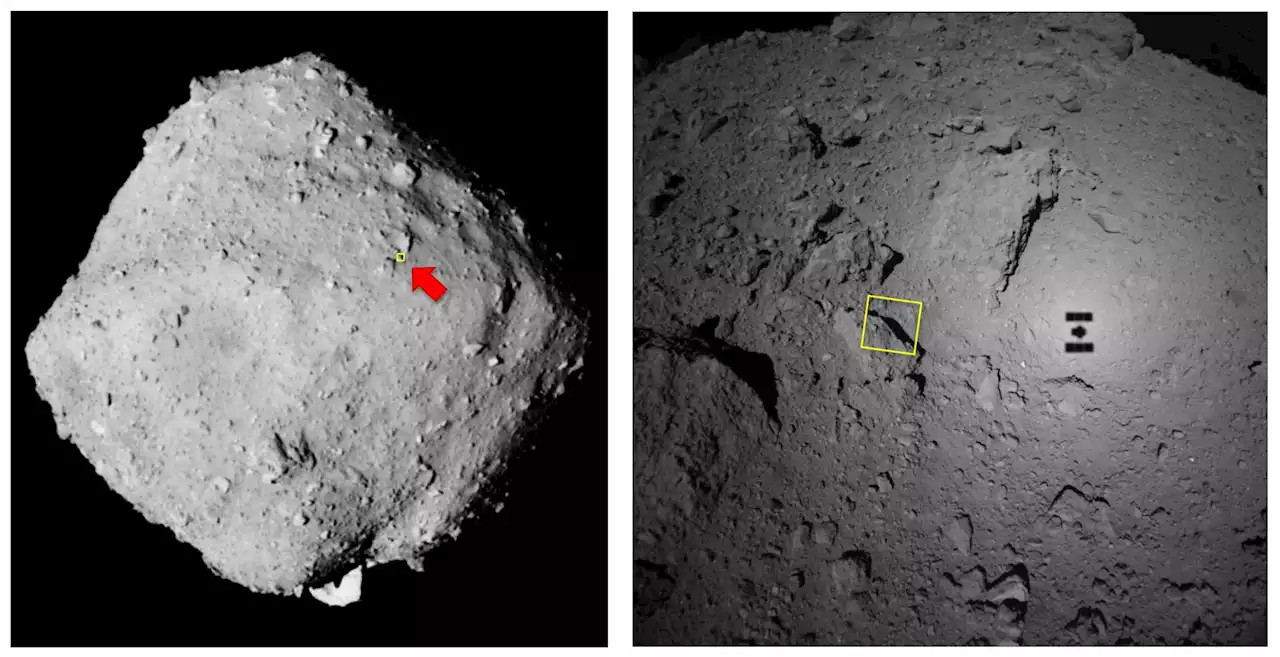Asteroid Ryugu might not be an asteroid at all. It might be a former comet. Not only that, but so might asteroid Bennu. Our samples of both should clarify.
In 2014, the Japanese Space Agency JAXA launched the Hayabusa 2 spacecraft to visit asteroid Ryugu. It arrived at the asteroid in June 2018 and studied it from orbit for over a year. Hayabusa 2 even dispatched four rovers to the asteroid’s surface. After departing, it flew past Earth in December 2020, dropping off a sample of Ryugu.
The authors say that “A widely accepted formation scenario for Ryugu is a catastrophic collision between larger asteroids and the subsequent slow gravitational accumulation of collisional debris.” If Ryugu is a rubble pile asteroid created from the collision of two smaller asteroids, then why does it have so much concentrated organic matter?The Asteroid 162173 Ryugu: a Cometary Origin.In their paper, the authors say that not only might Ryugu be the remnant of a comet, but similar rubble-pile asteroids might also be former comets. Astronomers call these objects Comet Asteroid Transition objects.
Asteroid Ryugu has a spinning-top shape due to its rotation. The rotation has shaped the asteroid over a long period of time, including creating the equatorial ridge called Ryujin Dorsum. Asteroid Bennu is also a spinning-top asteroid. Image Credit: By ISAS/JAXA, CC BY 4.0, https://commons.wikimedia.org/w/index.php?curid=87828813
The research team tested their hypothesis with numerical simulations. They calculated how long it would take for Ryugu to lose all its volatiles and become a rocky remnant. They also calculated the increase in rotational speed required to shape the asteroid into what it is today.
